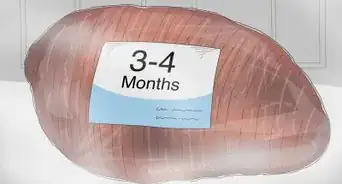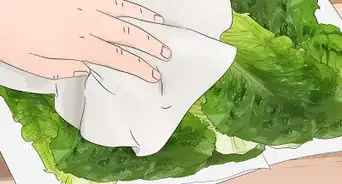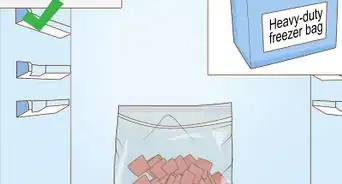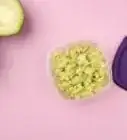This article was co-authored by Abyssinia Campbell and by wikiHow staff writer, Aly Rusciano. Abyssinia Campbell is an Executive Chef and the Owner of Chef Abyssinia, Personal Chef and Catering. With over ten years of experience, she specializes in catering, event planning, menu development, meal planning, and food business operations. When it comes to cooking, Chef Abyssinia enjoys using fruits, vegetables, healthy food alternatives, and local farm-fresh ingredients. She holds a BASc in Culinary Arts and Food Service Management from Johnson and Wales University.
There are 8 references cited in this article, which can be found at the bottom of the page.
This article has been viewed 14,851 times.
You’re rummaging around in your fridge when you stumble across a jar of mayonnaise in the back. How long has that been there? Is it still good to eat? Before you decide to spread it on a sandwich, keep reading because we’ve got everything you need to know about how to tell if mayo is bad—and all you need are your five senses!
Things You Should Know
- Avoid mayonnaise that has mold growing on it. You can also tell it has spoiled if it is yellow or brown in color.
- Even if your mayo looks okay, check for any acidic, sour, or bitter tastes and smells to be sure it has not gone bad.
- Unopened mayonnaise is likely to last for up to three months after its "best by" date. Open mayonnaise can last in the fridge for about two months.
Steps
How to Tell if Mayonnaise is Bad
-
1The mayo has mold on it. Green, blue, or black spores should not be on or near your mayonnaise. Before using the mayo in question, check for noticeable signs of mold by examining the top layer of the spread inside the jar and along the jar’s outside.[1] If you find even the smallest amount of mold, toss it out.[2]
- Take the mayo label off the jar to get a better look at what’s going on inside.
-
2The mayo is yellow or brown. Usually, mayonnaise is an off-white color. If you look in the jar, and the mayo appears to be more on the yellow side leaning towards brown, it’s most likely spoiled.[3]Advertisement
-
3The mayo smells acidic or putrid. Mayonnaise doesn’t have much of a smell, so if you open that jar and are hit with a strong sour odor, it’s bad. Screw back on the lid and throw it out.[4]
-
4The mayo tastes sour or bitter. Dip the tip of your finger in the questionable mayonnaise and take a small lick. If it tastes strange or “off,” toss it out.
References
- ↑ https://www.fsis.usda.gov/food-safety/safe-food-handling-and-preparation/food-safety-basics/molds-food-are-they-dangerous
- ↑ https://www.fda.gov/consumers/consumer-updates/are-you-storing-food-safely
- ↑ https://www.usda.gov/media/blog/2016/03/25/protecting-your-family-food-spoilage
- ↑ https://www.fsis.usda.gov/food-safety/safe-food-handling-and-preparation/food-safety-basics/food-product-dating
- ↑ https://insanelygoodrecipes.com/how-long-does-mayonnaise-last/
- ↑ https://www.fsis.usda.gov/food-safety/safe-food-handling-and-preparation/food-safety-basics/food-product-dating
- ↑ https://insanelygoodrecipes.com/how-long-does-mayonnaise-last/
- ↑ https://www.southernliving.com/food/condiments-refridgerator-fridge-cupboard-storage-safe-safety-butter-mayo
- ↑ https://www.fsis.usda.gov/food-safety/safe-food-handling-and-preparation/food-safety-basics/food-product-dating

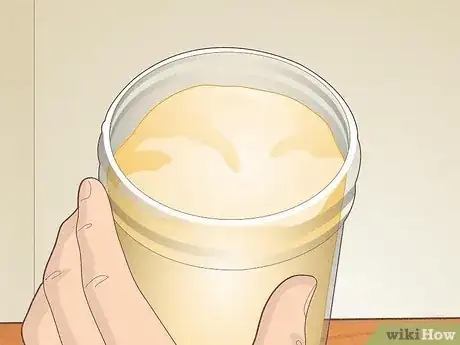
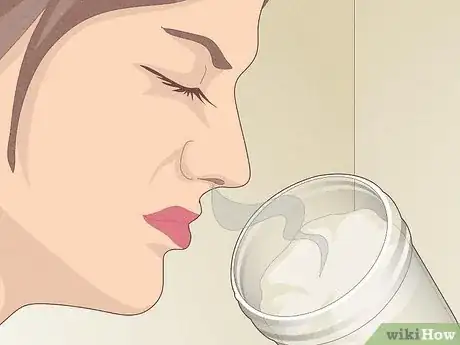

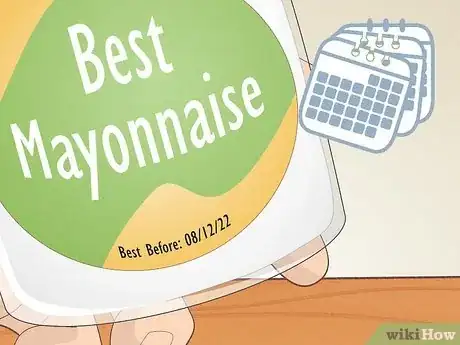

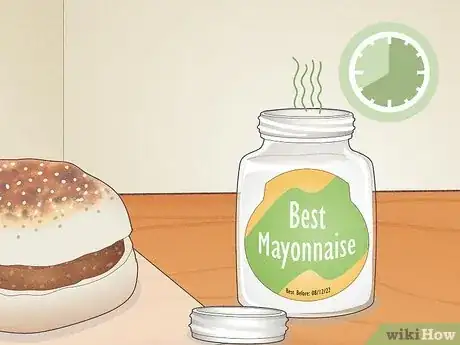
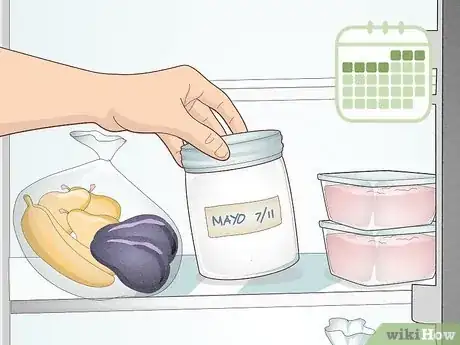
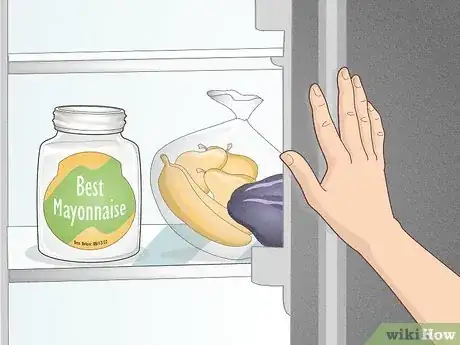




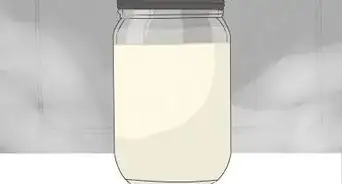
-Step-11.webp)
